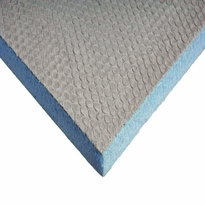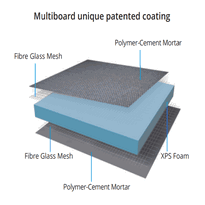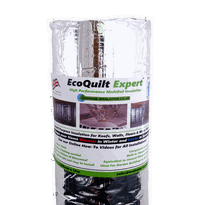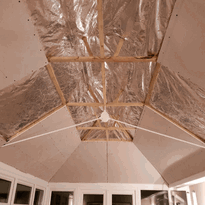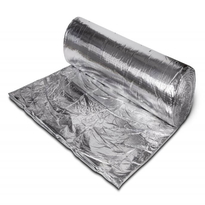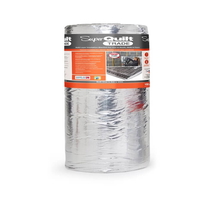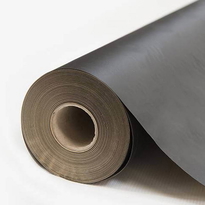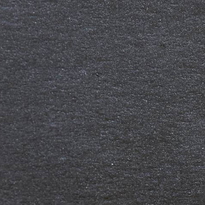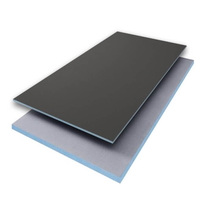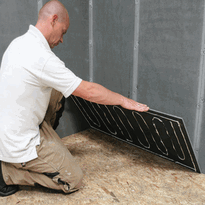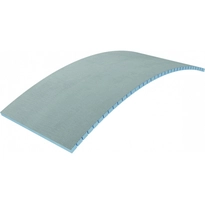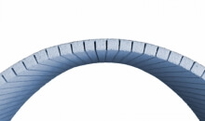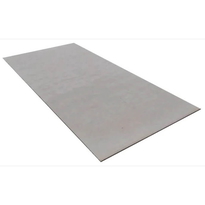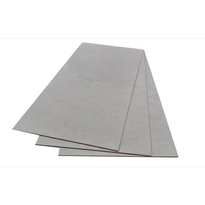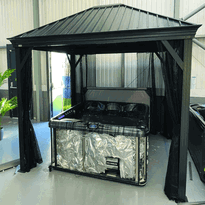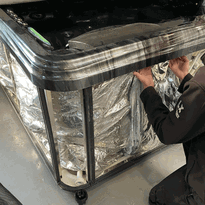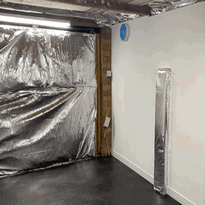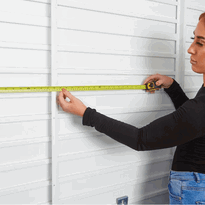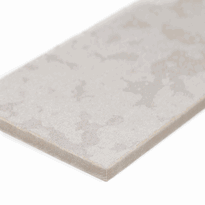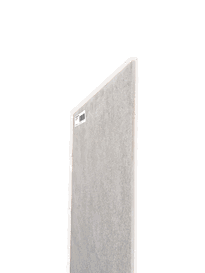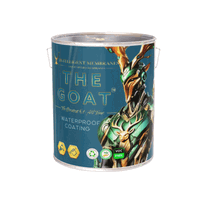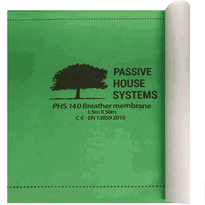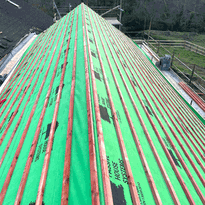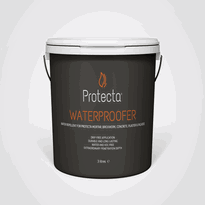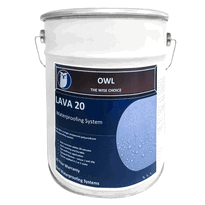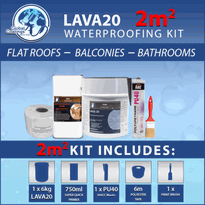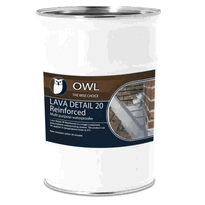Insulated Waterproof Plasterboard
Insulated waterproof plasterboards are designed with a moisture-resistant outer layer combined with thermal insulation cores, making them particularly suitable for humid environments such as bathrooms and kitchens. These boards are available in various formulations, including cores made from EPS, PIR, phenolic, or other moisture-resistant materials, all of which contribute to their high thermal efficiency and durability.
Installation of insulated waterproof plasterboards is straightforward, provided that the surfaces are adequately prepared and the joints are properly sealed. Familiarising oneself with their composition, advantages, and recommended installation practices can significantly aid in selecting the most appropriate product for any project.
For those interested in enhancing their building projects, understanding the unique features of insulated waterproof plasterboards can lead to improved comfort and energy efficiency in moisture-prone areas.
Composition and Layers of Insulated Waterproof Plasterboard
Insulated waterproof plasterboard consists of several essential layers that collaborate to deliver insulation, moisture resistance, and a smooth internal surface.
The outer layer is crafted from waterproof chipboard, which is firmly bonded with thermosetting resins to prevent moisture ingress and safeguard the inner layers. Beneath this protective layer lies the insulating core, which is available in various thicknesses and is comprised of materials such as expanded polyurethane, PIR, EPS, phenolic, or XPS. These core materials are selected based on their thermal efficiency and moisture performance, catering to different building requirements.
Each of these options offers distinct levels of thermal efficiency and moisture performance.
Internally, a plasterboard layer provides a surface that's ready for finishing or decoration, ensuring a clean and appealing aesthetic. This layer contributes significantly to the overall functionality of the plasterboard by enhancing its durability and moisture resistance.
All layers are securely bonded, resulting in a robust, moisture-resistant panel that's particularly suitable for humid environments, making it an ideal choice for various applications in the UK.
Types and Variations for Different Applications
Different types and variations of insulated waterproof plasterboard are designed to cater to a range of specific application needs. For instance, boards featuring EPS cores are cost-effective and suitable for residential retrofits, providing moderate thermal insulation without significantly increasing thickness. EPS is widely used due to its affordability and basic insulation capabilities. PIR cores, on the other hand, offer high thermal efficiency and fire resistance, making them ideal for space-constrained new builds or renovations. HP+ boards enhance moisture, fire, and thermal resistance, which makes them a good choice for areas that can accommodate thicker panels. Phenolic boards are recognised as the most thermally efficient option, perfect for situations where space is at a premium. Moisture-resistant boards, including those with vapour barriers or water-resistant paper facing, are tailored for wet areas such as bathrooms and kitchens. These variations enable builders to select the most suitable option for safety and performance across different environments.
Thermal Efficiency and Moisture Resistance Features
Thermal efficiency and moisture resistance are fundamental attributes that significantly influence the performance of insulated waterproof plasterboards in various settings.
These boards offer exceptional insulation, particularly when utilising PIR foam cores, which are known to outperform EPS alternatives. Enhanced thermal resistance contributes to lower energy costs by minimising heat transfer.
Moisture-resistant models are equipped with water-repellent liners and vapour barriers, making them particularly suitable for humid environments such as kitchens and bathrooms. Their durability ensures they maintain their protective properties over time, even in damp conditions.
The advantages of these plasterboards include:
Superior thermal insulation that helps maintain stable indoor temperatures.
Enhanced moisture resistance that prevents dampness and mould growth.
Multi-layer designs that integrate insulation with plasterboard, reducing the necessity for additional vapour barriers.
Practical Use Cases and Best Installation Practices
Insulated waterproof plasterboards are extensively utilised in various interior applications where moisture resistance and thermal insulation are essential. They are particularly suitable for walls, ceilings, and floors in areas prone to dampness, such as bathrooms, kitchens, and utility rooms. These boards perform effectively on dry, stable surfaces like brick, concrete, or rendered walls.
Proper surface preparation is crucial—walls must be clean, dry, and flat to ensure optimal adhesion. Employing mechanical fixings combined with adhesive provides a secure installation, especially in damp conditions. For the best results, it is advisable to use a spirit level for alignment, ensure screws are properly secured, and seal joints with foam and sealant.
Installing these boards requires careful measurement and fixing techniques to guarantee durability and moisture resistance. Thoughtful planning and adherence to best practices will result in a finished space that is comfortable, safe, and well-insulated.
Use Case |
Surface Preparation |
Fixing Method |
| Bathrooms and kitchens | Clean, dry, and flat walls | Mechanical fixings |
| Utility rooms | Assess moisture risk | Adhesive and screws |
| Internal partitions | Ensure a stable substructure | Bead adhesive and nails |
| Retrofit projects | Seal edges with foam and sealant | Correct spacing of fixings |
| Areas prone to dampness | Reinforce moisture barriers | Proper surface assessment |
Cost, Sustainability, and Environmental Impact
While insulated waterproof plasterboard offers numerous advantages, cost and environmental considerations play a crucial role in its overall value. Prices vary significantly, influenced by factors such as thickness and brand. Purchasing in bulk can substantially reduce costs, making it a more economical option for larger projects. Market trends also suggest that innovative manufacturing techniques are helping to reduce production costs over time, benefiting consumers and builders alike.
It's essential to factor in additional expenses, including delivery charges and potential costs associated with removal and replacement during renovations.
Key points include:
Increased utilisation of recycled gypsum enhances environmental sustainability.
Lighter, integrated panels contribute to reduced transport emissions.
Improved thermal insulation leads to decreased energy consumption over time.
This balance of affordability and sustainability makes insulated waterproof plasterboard an attractive choice for those seeking environmentally responsible solutions that remain within budgetary constraints.
Conclusion
Insulated waterproof plasterboard presents a dependable solution for areas susceptible to moisture, effectively combining insulation with water resistance in a robust panel. Its diverse range caters to various building requirements, ensuring optimal thermal performance and moisture management.
Proper installation enhances the advantages of this material, while considerations of cost and sustainability assist in making informed choices. Overall, insulated waterproof plasterboard serves as an efficient and practical option for enhancing indoor comfort and safeguarding structures against water damage across a multitude of applications.
